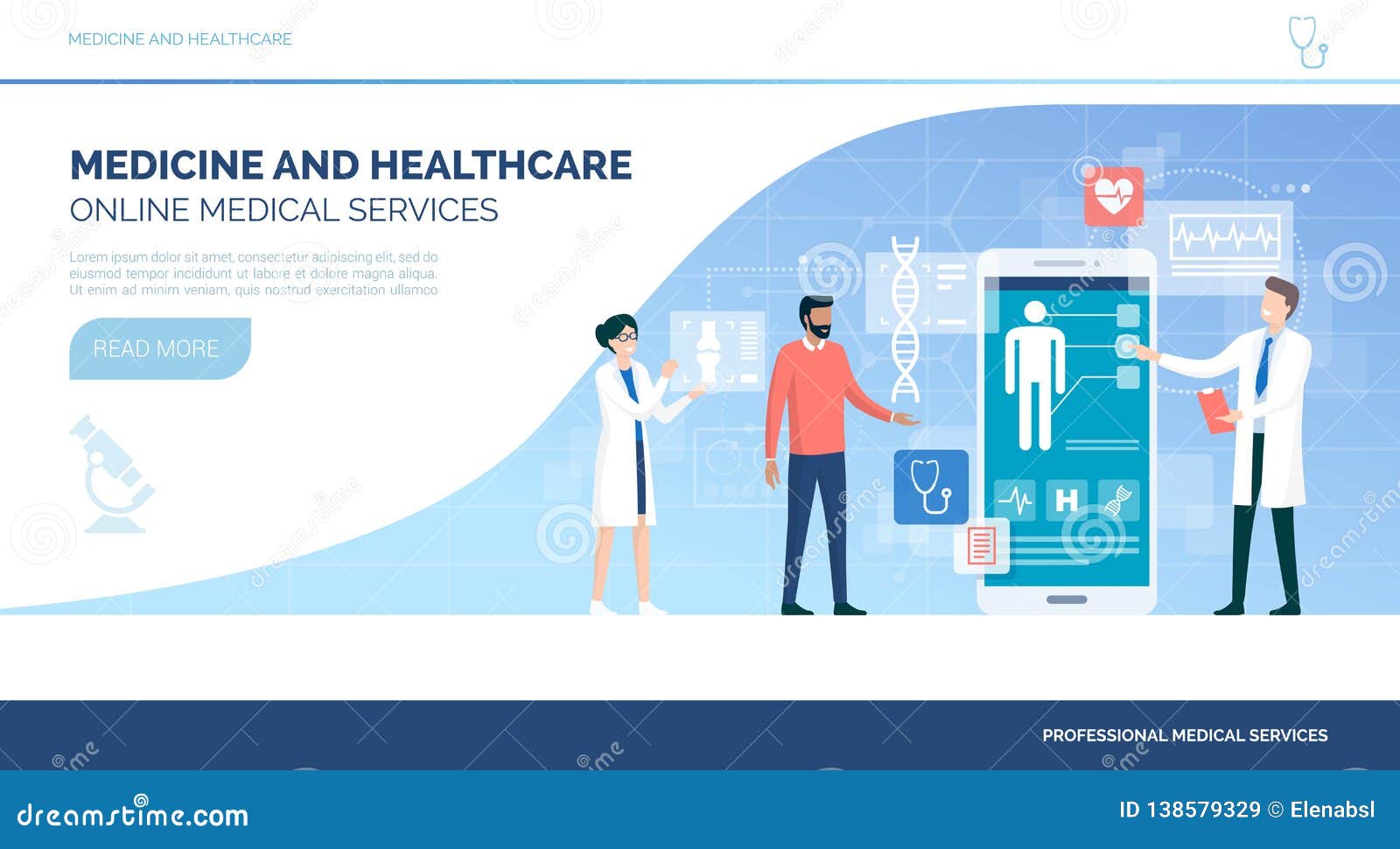How Subscription Based Healthcare is Changing Patient Accessibility to Services
How Subscription Based Healthcare is Changing Patient Accessibility to Services
Blog Article
Understanding the Cost-Effectiveness of Subscription-Based Health Care Versions
As the medical care landscape evolves, subscription-based models emerge as a compelling alternative, promising to redefine how individuals handle medical costs. Examining these versions' cost-effectiveness necessitates a nuanced comparison with standard insurance policy, taking into consideration both economic implications and patient satisfaction.
Introduction of Subscription-Based Versions
Subscription-based healthcare designs, often referred to as direct health care or concierge medication, are significantly gaining attention as a possible solution to inefficiencies within traditional health care systems. These models operate on the principle of offering people straight access to healthcare suppliers via a regular monthly or annual cost, bypassing the requirement for standard insurance coverage devices. This setup aims to improve patient-provider communications by reducing administrative worries, which commonly hinder prompt and individualized care.
At the core of subscription-based designs is the focus on a more tailored individual experience. Patients take advantage of enhanced accessibility to their physicians, commonly including next-day or same-day appointments, prolonged consultation times, and straight interaction channels such as phone or video clip calls. This design cultivates a positive strategy to healthcare, where carriers and clients can collaboratively concentrate on preventative treatment and chronic illness monitoring.

Price Comparison With Conventional Insurance Coverage

Among the primary financial advantages of subscription designs is openness in expenses. People pay a foreseeable cost, which can streamline budgeting and economic preparation. Furthermore, these designs normally get rid of co-pays and deductibles for protected services, decreasing out-of-pocket spending. On the other hand, conventional insurance policy might be extra helpful for people calling for specialized treatment or pricey therapies not covered under a subscription version, as they profit from the more comprehensive insurance coverage network and cost-sharing devices.
However, cost-effectiveness is context-dependent. While registration designs could provide savings for those mostly needing key care, people with chronic conditions or specialized healthcare requirements could discover typical insurance coverage more detailed. For that reason, evaluating certain medical care demands and possible usage is vital in identifying one of the most cost-effective choice for people.
Influence On Person Complete Satisfaction
Individual satisfaction within subscription-based healthcare designs commonly mirrors a significant enhancement over standard insurance policy systems. This improvement is primarily attributed to the customized care and availability these versions supply. People regularly report higher satisfaction due to decreased wait times and the ease of scheduling appointments. Unlike conventional systems, where clients may experience delays in getting care, subscription-based models ensure more direct and prompt communications with doctor.
Furthermore, the transparency in prices connected with subscription-based healthcare relieves the usual disappointments related to unanticipated charges and complex invoicing processes seen in traditional insurance coverage (subscription based healthcare). Patients value knowing the specific financial dedication upfront, bring about increased count on and confidence in their healthcare monitoring
Furthermore, the focus on preventative treatment and wellness in subscription versions adds to boosted health and wellness end results, even more boosting client satisfaction. By concentrating on recurring health and wellness upkeep instead of anecdotal treatment, clients experience an even more holistic and constant health care trip.
Furthermore, the improved provider-patient partnership fostered in these designs, identified by even more time spent per individual and tailored attention, plays a vital duty in elevating client contentment degrees, as patients feel really looked after and recognized.
Company Experiences and viewpoints
From the company website provider's viewpoint, subscription-based health care designs use a transformative strategy to delivering medical services. These models emphasize a proactive and preventative health care method, enabling published here carriers to concentrate on thorough patient care without the restraints of traditional fee-for-service arrangements (subscription based healthcare). This change in emphasis usually causes boosted person end results and raised copyright contentment, as medical care specialists can designate more time and resources to patient involvement and individualized treatment plans
Furthermore, subscription versions promote foreseeable income streams, which enhance economic security for health care service providers. This predictability enables enhanced resource planning and appropriation, adding to a more reliable health care shipment system. Providers can buy personnel facilities, technology, and training renovations, thus boosting the high quality of treatment used.
Nevertheless, the shift to subscription-based versions is not without challenges. In spite of these obstacles, several service providers discover that the advantages of raised client communication and streamlined operations outweigh the initial difficulties, making subscription-based designs an eye-catching alternative.
Future Prospects and Challenges

A key obstacle is regulative compliance, as subscription versions need to adhere to evolving medical care plans and insurance needs. This demands constant adaptation and technology to make sure alignment with lawful requirements. In addition, integrating these versions into existing healthcare facilities can be complex, calling for considerable investments in modern technology and training.
There is also the possible threat of producing injustices in health care accessibility, as membership models may prefer those who can afford them, leaving susceptible populaces underserved. Addressing this needs thoughtful consideration of prices strategies and aid devices to guarantee inclusivity.
Final Thought
Subscription-based medical care models provide a viable option to traditional insurance coverage by supplying financial predictability and openness, specifically benefiting people with chronic problems or constant healthcare requirements. The cost-effectiveness of these versions is contingent upon private medical care usage patterns and circumstances. While they may improve person complete satisfaction and simplify budgeting, challenges remain in attending to specialized treatment needs. Future factors to consider include balancing detailed insurance coverage with affordability and integrating these models within the broader health care system for ideal end results.
Subscription-based medical care designs, occasionally referred to as straight key treatment or attendant medicine, are progressively getting interest as a prospective option to ineffectiveness within standard health care systems. Unlike conventional systems, where patients may experience hold-ups in getting care, subscription-based models ensure even more timely and straight communications with healthcare suppliers.
These designs emphasize a proactive and preventative medical care method, allowing providers to concentrate on detailed person treatment without the restrictions of conventional fee-for-service setups. As these designs continue to obtain grip, they offer the possible to reinvent individual accessibility to care, streamline solution shipment, and optimize health care spending.Subscription-based medical care models offer a feasible choice to standard insurance by supplying monetary predictability and openness, especially profiting individuals with persistent conditions or regular health care needs.
Report this page